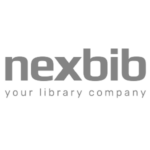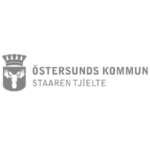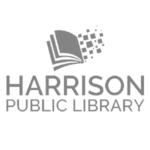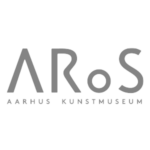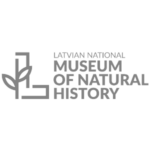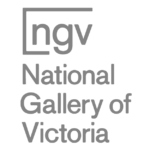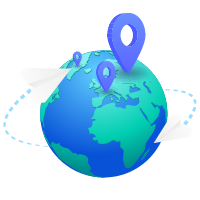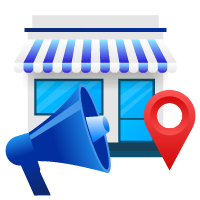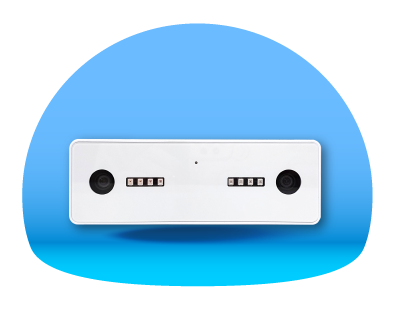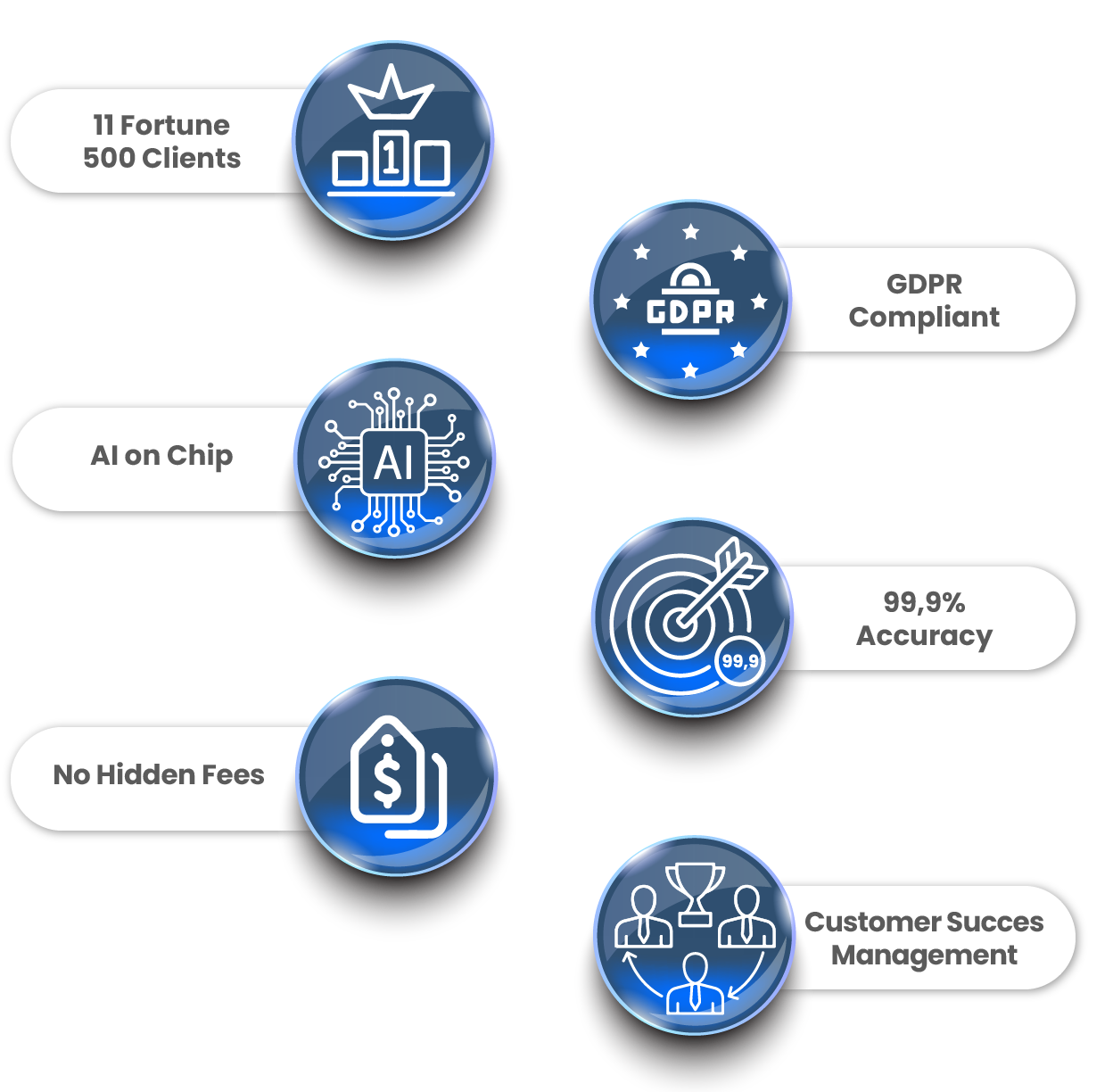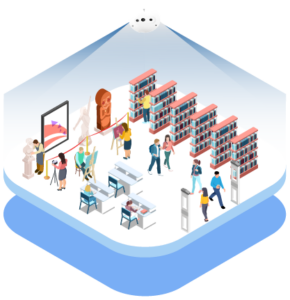
Libraries and museums benefit significantly from the implementation of people counting systems, providing accurate insights into visitor/patron numbers on a daily, weekly, monthly, or yearly basis. This precise data becomes the cornerstone for producing detailed reports, allowing these cultural institutions to make informed decisions about labor allocation, budget planning, and service requests, especially crucial in the face of growing financial pressures.
Moreover, the gathered information serves as robust proof when justifying labor requirements, budget allocations, and service needs. The data acts as a vital tool in managing resources efficiently, ensuring that libraries and museums can optimize their operations to meet the demands of their community.
By achieving optimal staffing levels, securing necessary funding, and strategically allocating resources based on accurate people counting data, libraries and museums can enhance their support to the community. This, in turn, allows them to establish and maintain themselves as reliable and indispensable community resources, fostering a strong connection between these cultural institutions and the people they serve.

Implementing real-time customer tracking systems in libraries and museums provides the ability to monitor and record the paths and actions of visitors as they navigate through these cultural spaces. This real-time insight allows institutions to understand visitor behavior, identifying areas of interest and attraction.
By leveraging this data, libraries and museums can optimize popular areas within their premises. By analyzing patterns of visitor exit after specific attractions, these institutions can strategically modify layouts and enhance the appeal of popular areas.
Furthermore, real-time tracking enables a comprehensive analysis of marketing effectiveness. By assessing the success of events, campaigns, and various exhibitions executed in different sections of libraries and museums, these cultural institutions can refine their attractions and activities. This data-driven approach not only enhances the visitor experience but also contributes to improved effectiveness and profitability in these cultural spaces.



